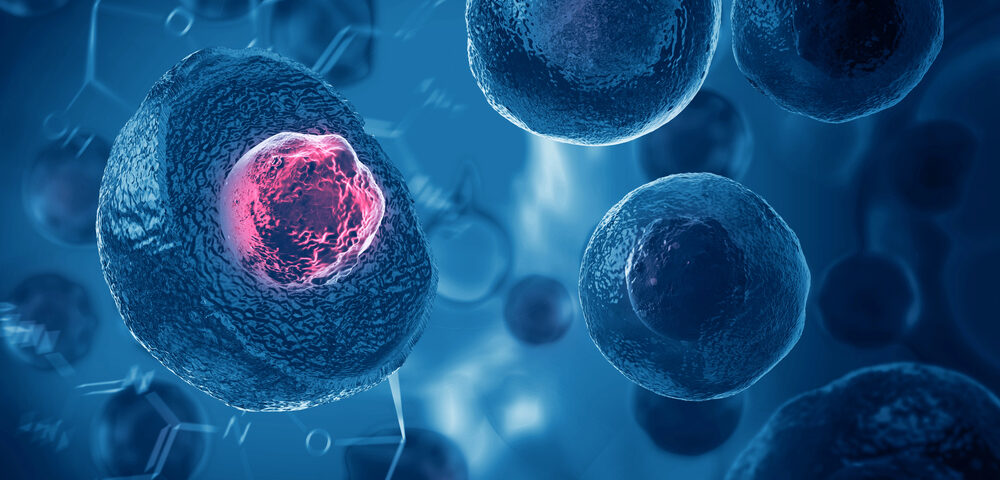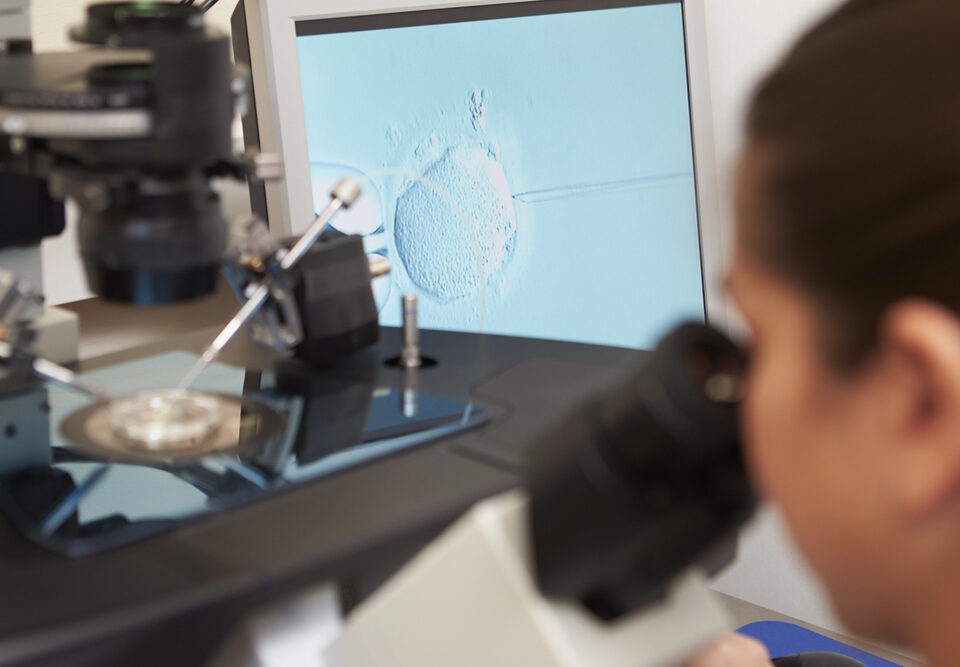
Vermont Passes Law to Simplify Confirmatory Adoption for LGBTQ+ Parents
June 20, 2025
California Expands Fertility Coverage with New Law
July 5, 2025For decades, the use of donated eggs and sperm has been the cornerstone of infertility treatments, helping countless families grow, often without a genetic link to both intended parents. But what if skin cells could offer a solution? In a groundbreaking advancement, researchers are exploring ways to transform skin cells into viable eggs for in vitro fertilization (IVF), potentially revolutionizing the future of reproductive medicine.
This technique, known as somatic cell nuclear transfer (SCNT), takes the nucleus of a skin cell and inserts it into a donor egg that has had its own nucleus removed. The egg then reprograms the DNA of the skin cell, creating what is essentially a new, functional egg with the donor’s genetic material. This is the same foundational science that brought us Dolly the sheep, the first cloned mammal, but with a crucial difference: instead of creating clones, scientists are aiming to create fertilizable eggs that can be used in IVF.
While the success rate remains very low, less than 1% at the time of this article, researchers at Oregon Health & Science University have already achieved a major milestone by creating live mouse pups from skin cell-derived eggs. The hope is to continue refining this method and eventually apply it to human reproduction. One of the biggest challenges ahead is ensuring that these lab-created eggs behave like natural ones, particularly in the crucial step of properly reducing their chromosome number before fertilization.
If successful, this technology could offer life-changing options for several groups. Older women who may have diminished egg quality, cancer survivors whose treatments left them infertile, and same-sex male couples could all benefit from being able to have genetically related children without needing donor eggs. For same-sex male couples, for instance, one partner’s skin cell could be turned into an egg, which could then be fertilized with the other partner’s sperm, allowing both to have a biological connection to their child.
However, as with all new technologies, there are significant ethical and legal hurdles to overcome. Many countries currently ban the use of lab-created eggs and sperm in clinical settings, and long-term safety for any resulting children must be carefully studied. Researchers emphasize that human trials are likely at least a decade away, and much more testing is required before this becomes a viable clinical option.
At The Surrogacy Law Center, we are closely watching these scientific advancements and what they could mean for our clients. While this technology is still years from reaching fertility clinics, its implications are profound and may one day reshape the possibilities for intended parents around the world. If you’d like to schedule a consultation to learn about your family building options, please contact us today!




